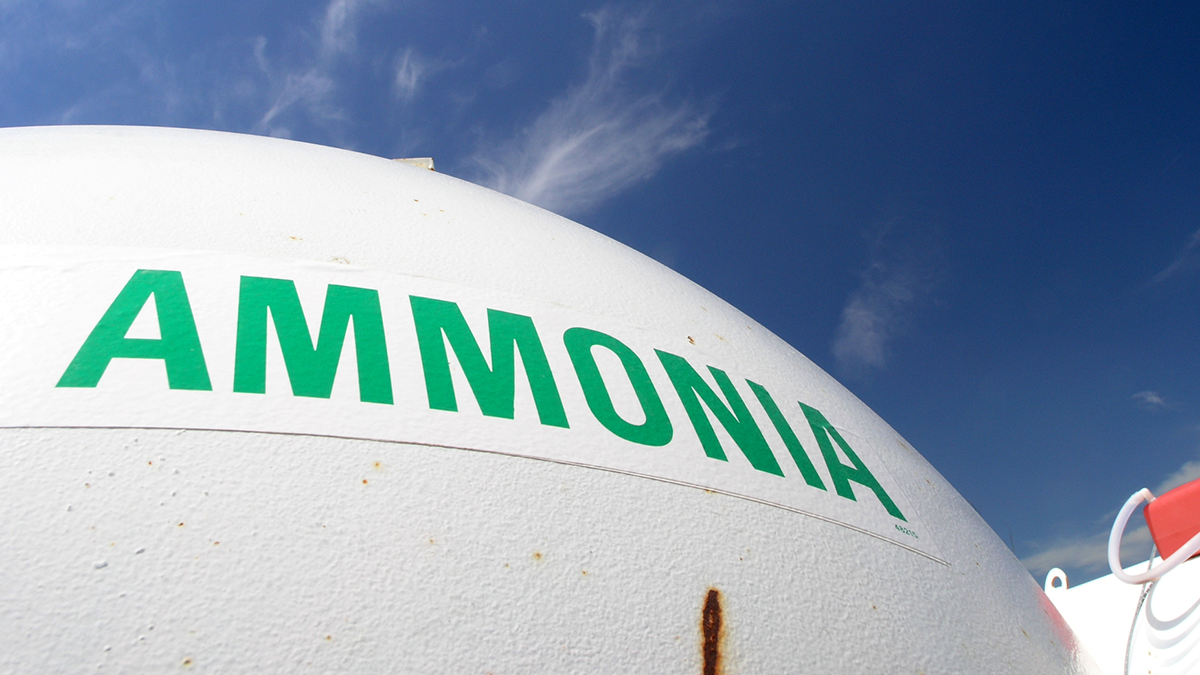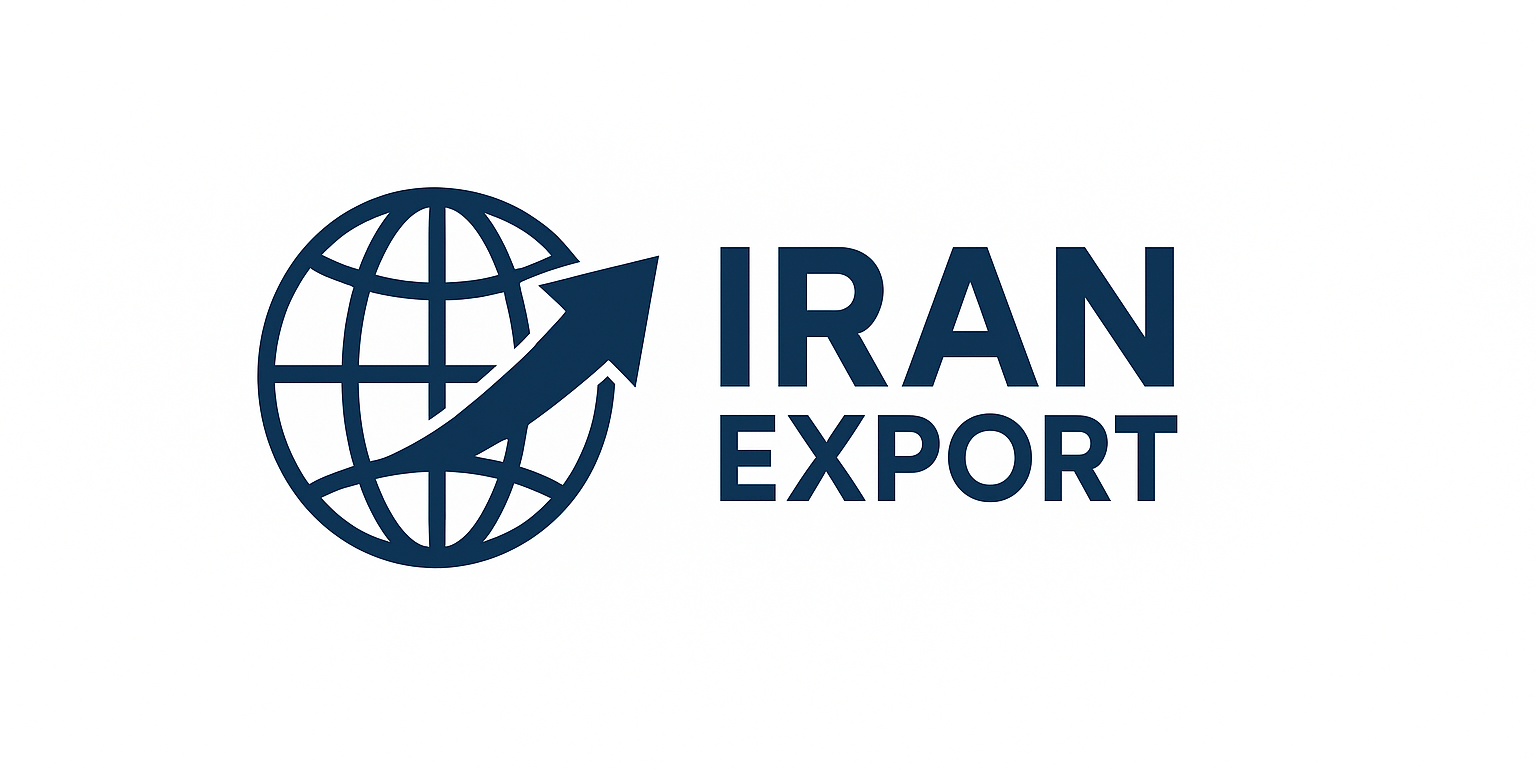
Explore Iran’s role in global urea and ammonia supply, its advantages, markets, and future outlook in the international fertilizer industry.
Introduction
As the global population continues to grow, the demand for food security has never been more pressing. At the heart of agricultural productivity lies the use of chemical fertilizers, particularly urea and ammonia, which are essential for boosting crop yields. Iran, with its vast natural gas reserves and developed petrochemical sector, has emerged as a key player in the global supply of urea and ammonia fertilizers. This article explores Iran’s role in international markets, highlighting its advantages, challenges, and future opportunities in the fertilizer industry.
Why Urea and Ammonia Are Critical in Agriculture
Urea and ammonia are two of the most important nitrogen-based fertilizers in the world:
-
Urea (CO(NH₂)₂): The most widely used nitrogen fertilizer, known for its high nitrogen content (46%), cost-effectiveness, and ease of handling.
-
Ammonia (NH₃): A core raw material used directly in agriculture and as a building block for other fertilizers, including urea, ammonium nitrate, and ammonium sulfate.
Together, they account for a significant share of the global fertilizer market, ensuring soil fertility and supporting food production worldwide.
Iran’s Competitive Advantage in Urea and Ammonia Production
1. Abundant Natural Gas Reserves
Natural gas is the primary feedstock for ammonia production, which is then converted into urea. Iran holds the second-largest natural gas reserves in the world, giving it a significant cost advantage in producing nitrogen-based fertilizers.
2. Strategic Geographical Location
Iran’s position at the crossroads of Asia, Europe, and the Middle East provides direct access to major agricultural markets such as India, China, Turkey, and Africa. This proximity reduces logistics costs and ensures faster delivery.
3. Established Petrochemical Infrastructure
With large petrochemical hubs such as Assaluyeh and Mahshahr, Iran has invested heavily in ammonia and urea production facilities, enabling it to export millions of tons annually.
4. Competitive Pricing
Iran’s lower production costs and government focus on fertilizer exports allow it to offer competitive pricing, making it a reliable supplier for both emerging and developed economies.
Iran’s Role in Global Fertilizer Exports
Urea Exports
Iran is one of the top global exporters of urea, shipping its products mainly to:
-
India: The largest urea importer worldwide, heavily reliant on Iranian supply.
-
China: A growing buyer due to rising domestic consumption.
-
Africa: Countries like Kenya, South Africa, and Nigeria import urea for their expanding agricultural sectors.
-
Latin America: Iran’s urea also reaches Brazil, one of the world’s largest agricultural producers.
Ammonia Exports
While urea remains Iran’s primary nitrogen export, ammonia exports are also significant, especially to nearby countries in the Middle East and South Asia, where ammonia is used as both a direct fertilizer and a chemical feedstock.
The Importance of Iran in Global Food Security
By supplying cost-effective and high-quality nitrogen fertilizers, Iran directly contributes to global food security. With agriculture depending heavily on fertilizers to maintain productivity, Iran’s role ensures:
-
Stable supply chains for developing countries.
-
Competitive alternatives to major fertilizer producers like Russia, China, and the U.S.
-
Reduced price volatility in regional fertilizer markets.
Global Trends Influencing Urea and Ammonia Demand
1. Rising Population and Food Demand
The global population is projected to reach 9.7 billion by 2050, creating enormous demand for fertilizers to sustain agricultural output.
2. Growth in Developing Economies
Agricultural modernization in Asia and Africa is boosting demand for urea and ammonia, where Iran is well-positioned to supply.
3. Sustainability and Green Fertilizers
The fertilizer industry is shifting toward low-emission and green ammonia production. While Iran currently relies on fossil fuels, investing in renewable energy-based ammonia can strengthen its global competitiveness.
4. Trade Realignments
Geopolitical shifts and sanctions have influenced global fertilizer trade. Countries seeking diversified supply chains increasingly turn to Iran as an alternative source.
Challenges Facing Iran’s Fertilizer Exports
-
Sanctions and Financial Restrictions: Limit direct access to some Western markets and create challenges in international banking and logistics.
-
Global Competition: Iran competes with giants like Russia, Qatar, and Saudi Arabia in the nitrogen fertilizer market.
-
Infrastructure Bottlenecks: Port and shipping limitations sometimes restrict export capacity.
-
Sustainability Pressure: Growing demand for green ammonia requires future investments in clean technologies.
Future Outlook for Iran’s Urea and Ammonia Exports
Despite challenges, Iran’s fertilizer industry is set for long-term growth:
-
Expanding production capacity in new petrochemical complexes will increase supply.
-
Rising demand in Asia and Africa ensures stable export markets.
-
Investments in sustainable ammonia production could open opportunities in Europe and other developed regions focused on low-carbon solutions.
As global demand for fertilizers continues to grow, Iran is expected to strengthen its role in the international supply chain, ensuring stable, cost-effective, and competitive nitrogen products.
Conclusion
Urea and ammonia are indispensable to global agriculture, and Iran plays a vital role in meeting international demand. With its abundant natural gas reserves, strategic location, competitive pricing, and strong petrochemical infrastructure, Iran has positioned itself as a reliable supplier of nitrogen-based fertilizers.
Although challenges such as sanctions and sustainability requirements exist, the future outlook remains positive. As countries seek secure, affordable, and diversified fertilizer sources, Iran is set to remain an important contributor to global food security and sustainable agriculture.

